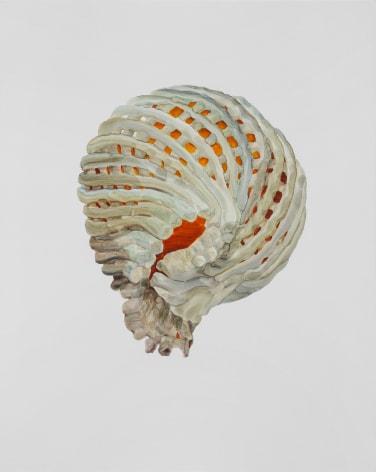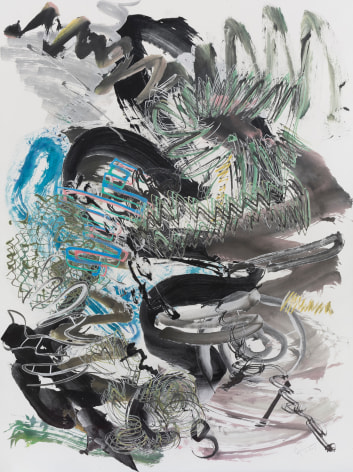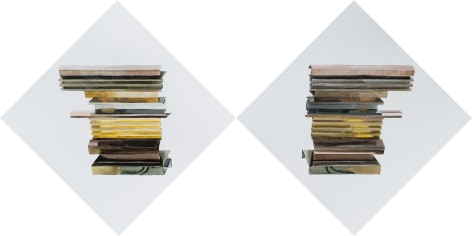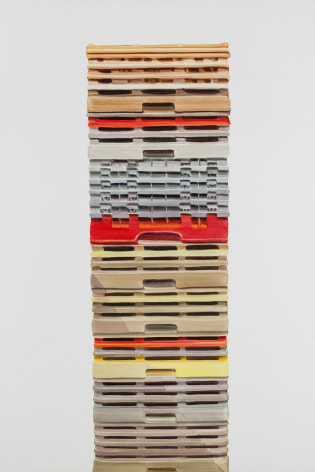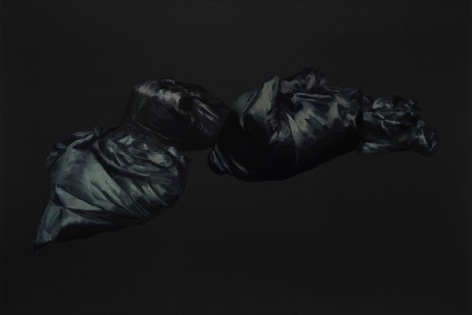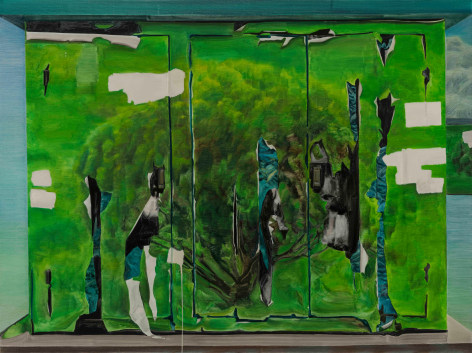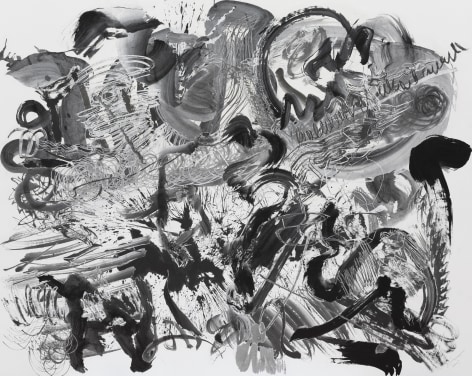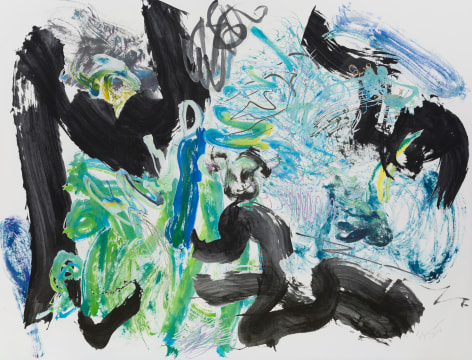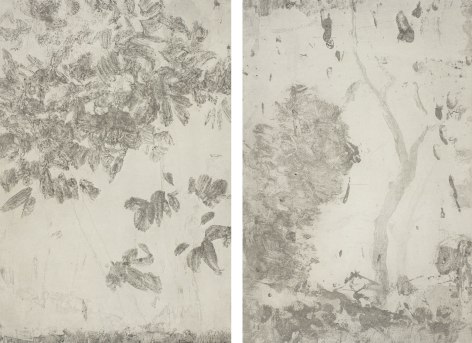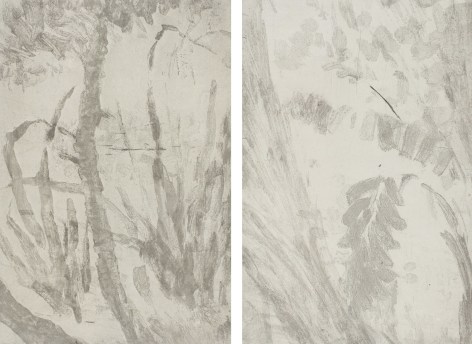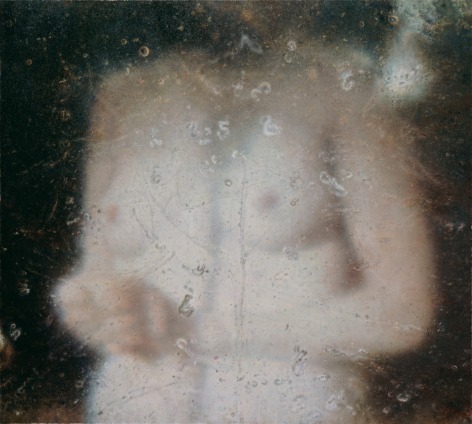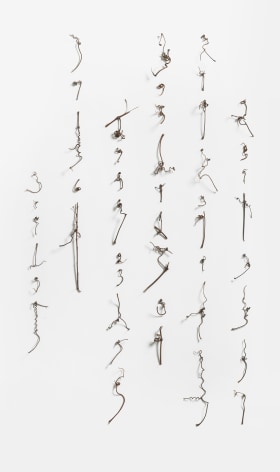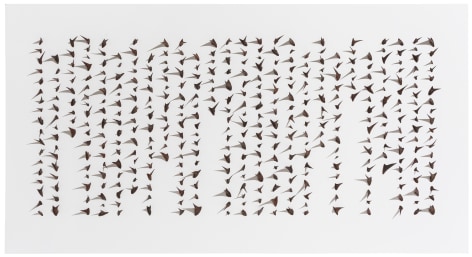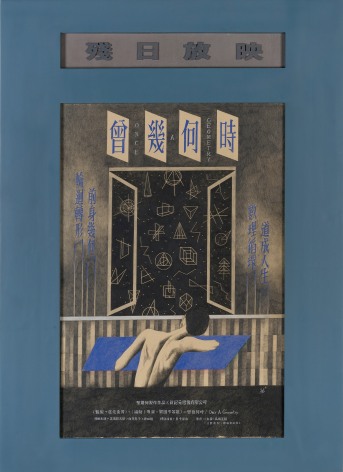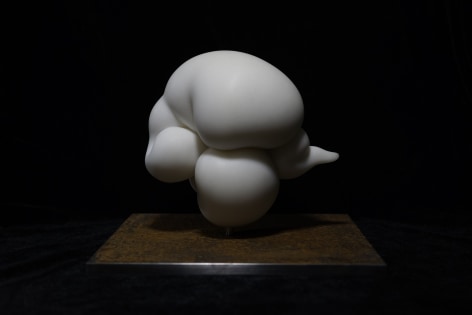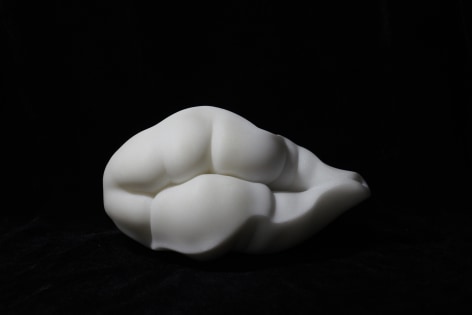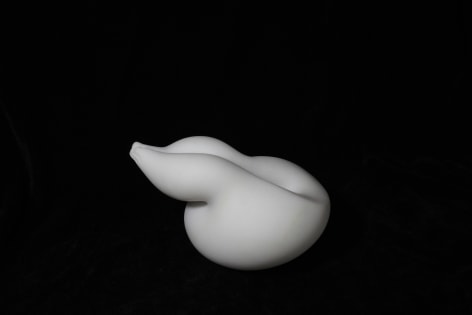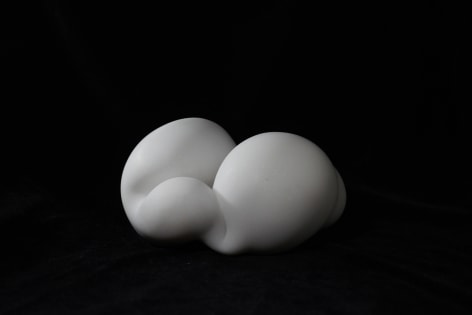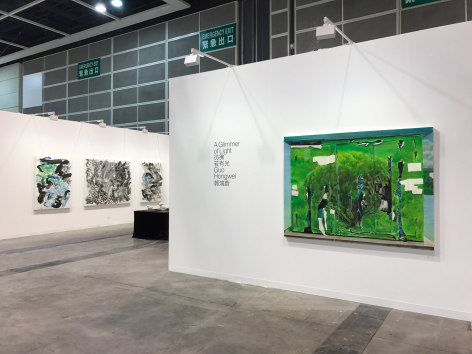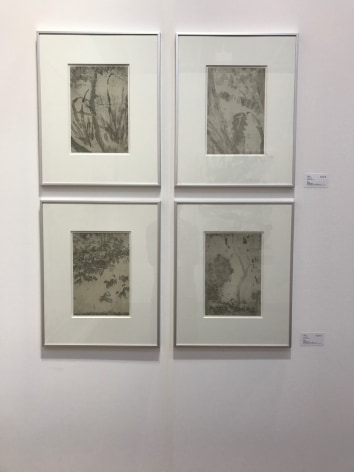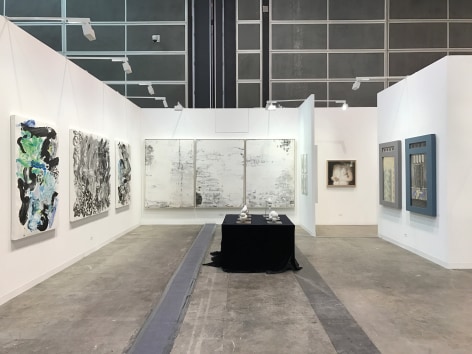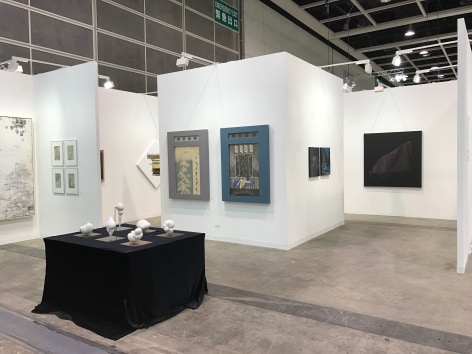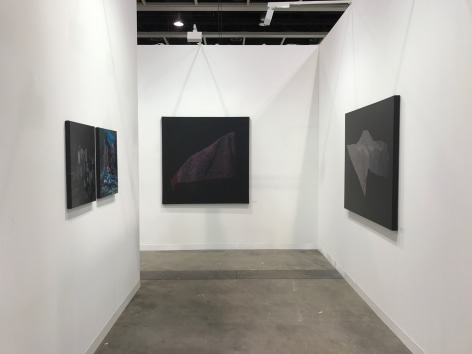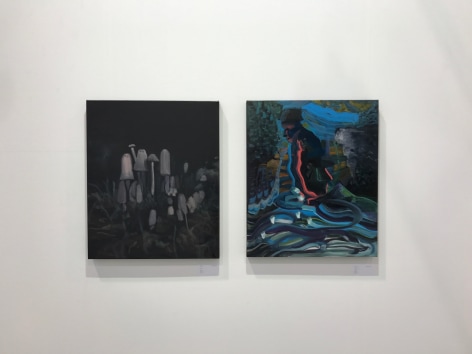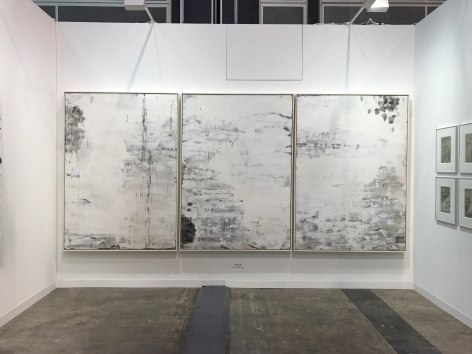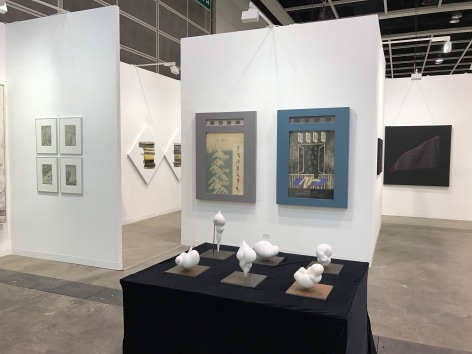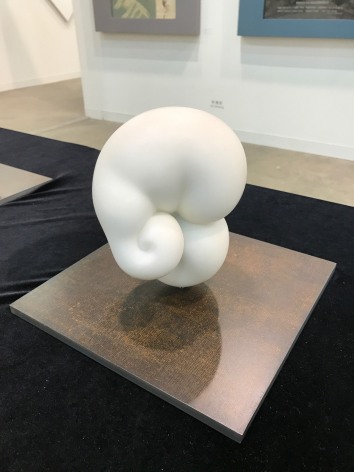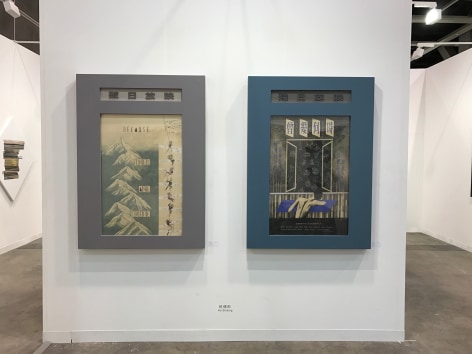Chambers Fine Art is pleased to present the work of six contemporary Chinese artists – Yan Shanchun, Cui Fei, Ho Sintung, Wu Jian’an, Guo Hongwei and Song Hongquan – united only by their single-minded pursuit of a personal style that reflects their intelligent assessment of the vast range of approaches available at the beginning of the twenty- first century.
Guo Hongwei is perhaps best known for his paintings of isolated objects, both natural and man-made, which he depicts in his uniquely recognizable style of watercolor and oil painting. His objective has never been to capture a realistic portrayal of these objects, but rather to observe and closely investigate each object, and then attempt to reveal its true nature via the manipulation of his media. Guo’s latest series of paintings continues to represent everyday objects, yet his appreciation of early Chinese poems such as Peach Blossom Spring by Tao Yuanming (376-427 CE) has enabled him to reveal the poetic aura implicit in even the humblest subject matter. Much like the utopian world glimpsed through an opening in Peach Blossom Spring, Guo’s objects have a physical splendor and mysterious nostalgic allure, and appear suspended within an illusory world.
Mixing his oil pigments with a variety of different varnishes and experimenting with traditional materials such as megilp, a mixture of mastic resin and linseed oil which was widely used in the 19th century, Guo Hongwei is able to create ‘confined’ brushstrokes, where each stroke can be manipulated separately in order to create different textures and forms. He carefully lays down each brushstroke in response to the appearance of the objects that he depicts - the cool reflective quality of corrugated metal, or the soft, contoured folds of a blanket. Set against sheer white or black backgrounds, the visual results are as varied as the objects that he chooses to paint, and his subjects in the new works appear vivid, detailed, and yet at the same time ‘out of focus’. In other works inspired by closely cropped photographs of mundane objects, it is as if his paintings occupy a space somewhere between a real object and an image.
In contrast to Guo Hongwei, Yan Shanchun, Cui Fei and Wu Jian’an reflect on the achievements of classical Chinese culture in their work although to widely different ends. The focus of Yan Shanchun’s paintings and prints is West Lake in Hangzhou, a theme that he rejuvenates through his spontaneous handling of his pigments, the large canvases frequently verging on abstraction.
In contrast Cui Fei turns to found materials from the natural world such as thorns and grape tendrils that she organizes in meticulous arrangements that refer to Chinese calligraphy or the marking of sequences of time. In four works from his 500 Brushstrokes series, Wu Jian’an subverts the basic principles of traditional ink painting by cutting out individual strokes and using them as material for a sophisticated collage.
Completing the installation are two posters for imaginary films by Ho Sintung, who is unrivaled in her knowledge of cinematic history and appreciative of its most esoteric aspects, and a series of new marble sculptures by Song Hongquan that although inspired by the forms of fungi, bear an uncanny resemblance to twentieth century modernist sculpture.

